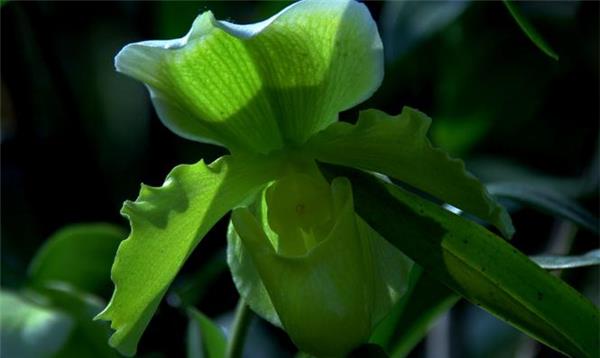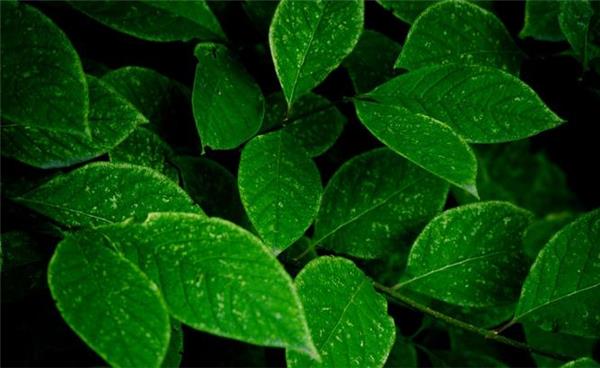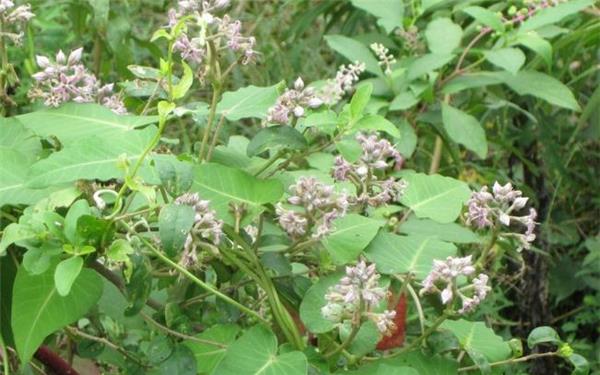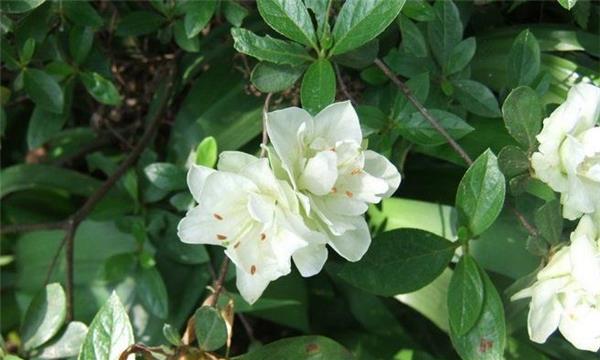An inventory of interesting plants.
There are many kinds of plants, and different kinds of plants have different characteristics. So, do you know any interesting plants? Maybe some friends don't know much about this. Let's give you a brief introduction today. Let's take a look at it together.

What are the interesting plants?
1. Pseudomonas aeruginosa
The insectivorous plants in the water are the species of the family Cerambycidae. Except for inflorescences, the algae are sunk in the water, and the leaf apparatus has an ovoid insect sac, which can catch tiny worms or zooplankton in the water. In summer and autumn, inflorescences protrude from the water to produce yellow lip-shaped flowers.
two。 Castanopsis thunbergii
Plants rely on the photosynthesis of chlorophyll to produce nutrients, but a small number of plants can prey on small insects to absorb nutrients. Castanopsis thunbergii is this kind of insectivorous plant, which can catch insects and then secrete liquid to digest and absorb the nutrients of the insect.
3. Sunflower
The directional movement of plants can be divided into phototropism, geotropy and tactility, and the sunflower is a typical phototropic movement. Please look at the sunflowers in the field facing the sun.
4. Mimosa
Unlike animals, plants do not have a nervous system or muscles, and they do not perceive external stimuli, while mimosa is different from ordinary plants. When touched by the outside world, the leaves droop and the small leaves close. This action is understood as "shy", so it is called mimosa.
5. White water lily
Plant movement is a common phenomenon, according to different meanings, there are different movements, such as plant protoplast movement, turgor movement and growth movement, and the movement stimulated by the outside world has tendency movement, directional movement and perceptual movement. Have you ever noticed that flowers close as the sun sets, as if they sleep at night, hence the name of water lilies?

The growth process of plants
The growth process of plants begins with seed germination. Any plant seed germination needs water, air and suitable temperature. However, the seeds of different plants have different requirements for these three conditions during germination. The amount of water needed for seed germination of some cultivated plants is 40% for rice, 45% for wheat, 107% for peas and 110% for soybeans.
Various cultivated plants have different requirements for sowing temperature: sorghum, corn, soybean, millet and so on. When the ground temperature of the sowing layer is stable at 12 ℃, the seeds can be sown. The germination of rice, cotton and other seeds requires a higher environmental temperature, and the ground temperature of the sowing layer is stable at 12-15 ℃ before sowing. The seeds of various cultivated plants have different requirements for air when they germinate. Soybeans and cotton need a lot of oxygen when they germinate, so the soil should be loose when sowing. Rice seeds need less oxygen to germinate and can germinate even if they are immersed in water.

In the process of plant growth, after budding, the radicle first extends into the soil to form the main root, and then the hypocotyls elongate, pushing the cotyledons and germs out of the soil. Part of the main axis of the seedling under the cotyledons is elongated by the hypocotyls; the main axis above the cotyledons and between the first true leaf is formed by the epicotyl. Cotyledons usually turn green after they are unearthed and can temporarily carry out photosynthesis. Later, the germ develops to form aboveground stems and true leaves. When the nutrients in the cotyledons are exhausted, they wither and fall off.

This is the end of the introduction of interesting plants. I believe that after reading it, you will have a certain understanding of interesting plants. I hope the relevant knowledge points introduced today can be helpful to everyone.
Related
- Wuhan Hospital Iron Tree Blooming Result Was Instantly Frightened by the Gardener Master
- Which variety of camellia is the most fragrant and best? Which one do you like best?
- What is the small blue coat, the breeding methods and matters needing attention of the succulent plant
- Dormancy time and maintenance management of succulent plants during dormancy
- Minas succulent how to raise, Minas succulent plant pictures
- What are the varieties of winter succulent plants
- How to raise succulent plants in twelve rolls? let's take a look at some experience of breeding twelve rolls.
- Attention should be paid to water control for succulent plants during dormant period (winter and summer)
- Watering experience of twelve rolls of succulent plants
- Techniques for fertilizing succulent plants. An article will let you know how to fertilize succulent plants.



